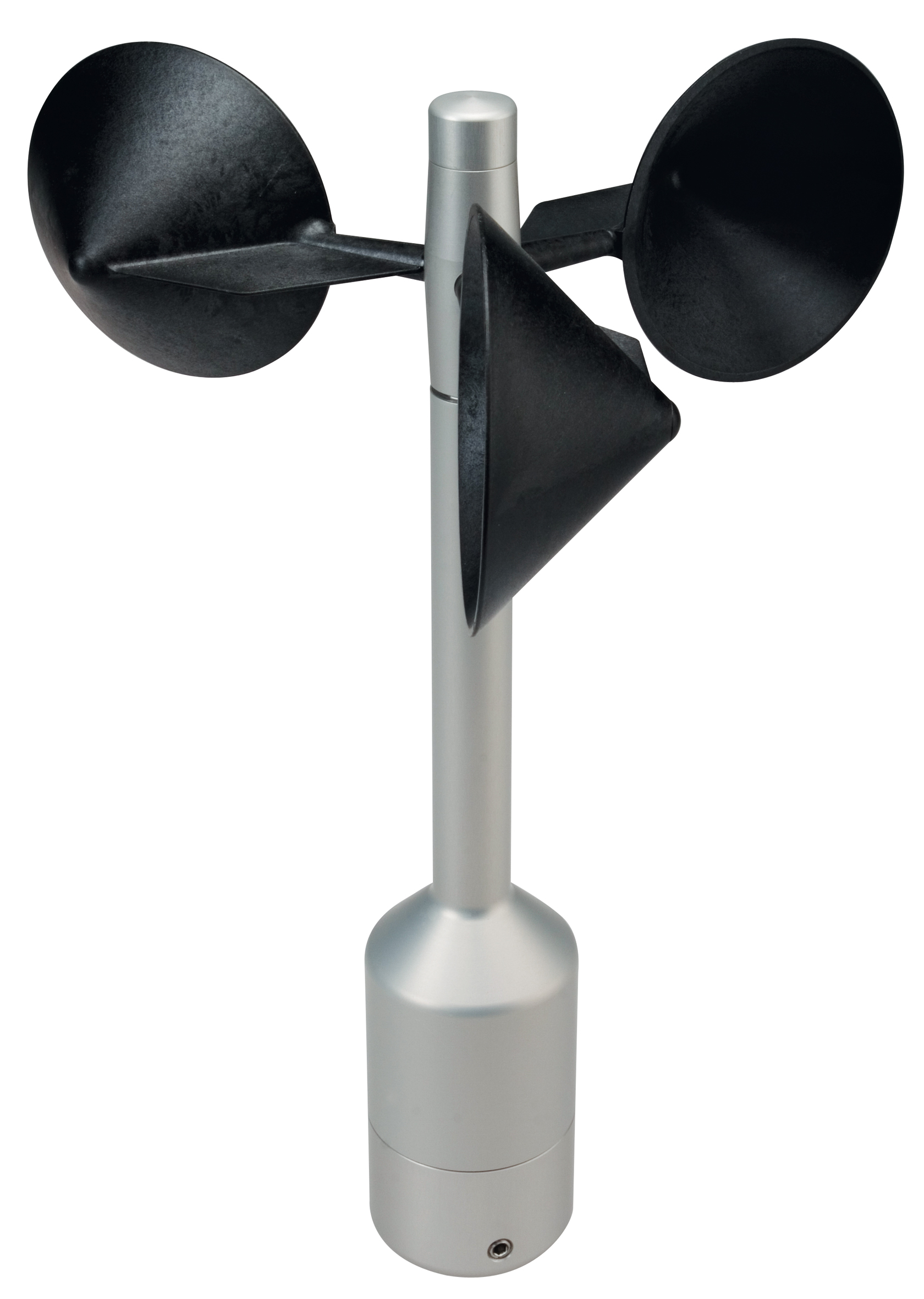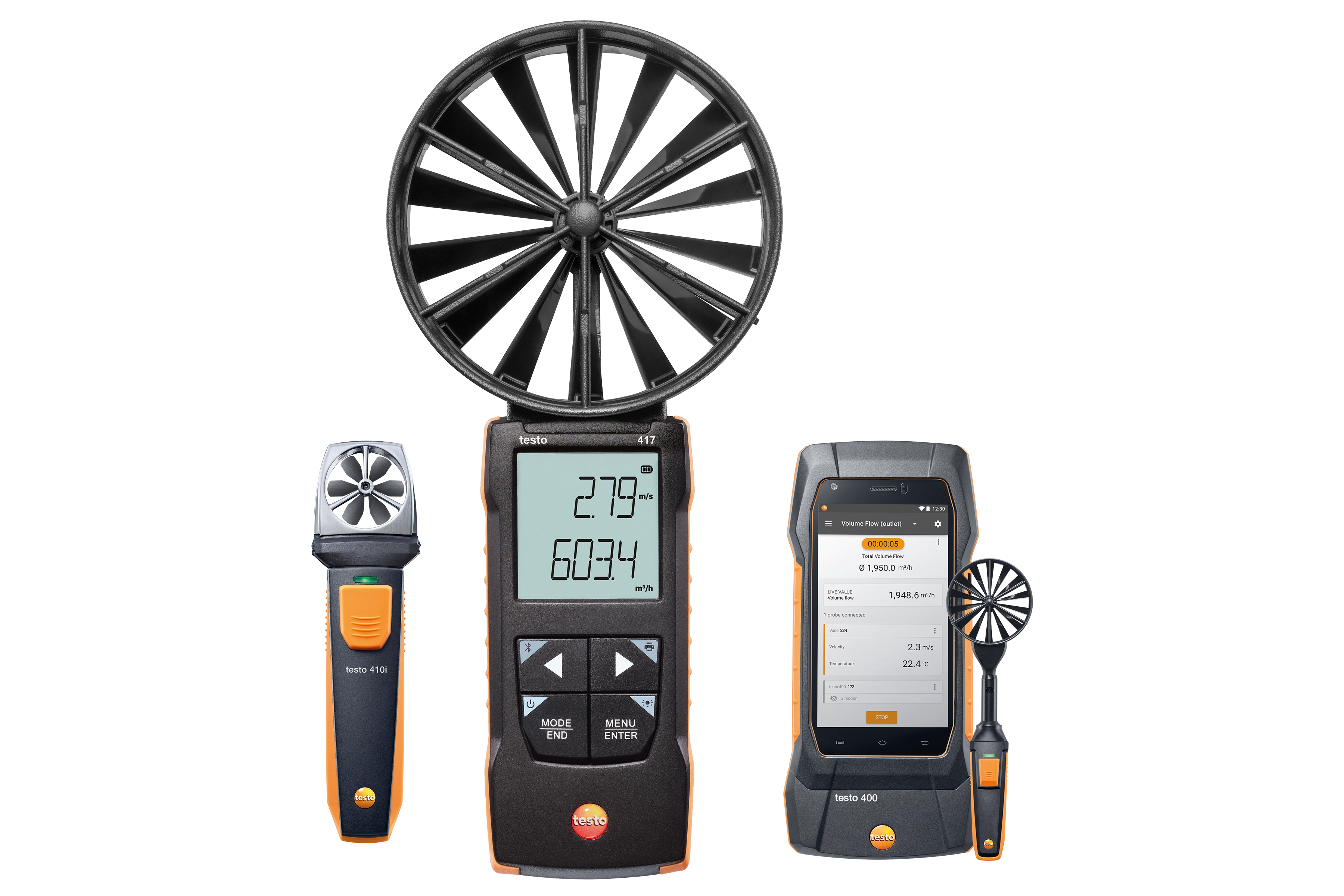The Role of an Anemometer in Improving Safety for Outdoor Activities
The Role of an Anemometer in Improving Safety for Outdoor Activities
Blog Article
Anemometers Unveiled: Understanding Their Significance in Environmental Surveillance and Precaution
The duty of anemometers in ecological surveillance and precaution is usually taken too lightly, yet their significance is obvious. These tools have a lengthy history rooted in scientific questions and technical improvements, developing to become essential devices in different fields. From weather forecasting to aeronautics security, anemometers play an important role in providing accurate data that notifies decision-making processes and improves general security. Comprehending the details of anemometers introduces a world of crucial understandings that are essential to our understanding of the environment and the actions we take to ensure safety and security.
History of Anemometers
The evolution of anemometers can be traced back to the old people where primary wind measuring gadgets were very first made use of. One of the earliest well-known anemometers was the hemispherical cup anemometer created by Leon Battista Alberti in the 15th century.
Over the years, advancements in technology led to the growth of even more contemporary anemometers, including ultrasonic anemometers and laser Doppler anemometers, offering increased accuracy and effectiveness in determining wind speed and instructions. The background of anemometers showcases an exceptional journey of innovation and progression in the area of meteorology.
Sorts Of Anemometers
Throughout the field of weather forecasting, various types of anemometers have actually been developed to precisely gauge wind speed and direction. Sonic anemometers make use of ultrasonic signals to measure wind speed and instructions properly. Hot-wire anemometers operate based on the principle that the cooling impact of wind on a warmed wire is proportional to the wind rate.
Applications in Meteorology
Having actually reviewed the numerous kinds of anemometers utilized in meteorology for measuring wind speed and direction, it is necessary to discover their practical applications in the field. Anemometers play an essential function in meteorology by offering precise and real-time data on wind conditions (anemometer). Meteorologists utilize anemometers to keep track of wind speed and direction to forecast weather patterns, issue warnings for extreme climate occasions like tornados, typhoons, and tornadoes, and examine climatic conditions for aviation safety and security
In weather forecasting, anemometers assist in comprehending local and local wind patterns, which are vital for forecasting weather condition modifications and identifying climatic fads. These gadgets are likewise used in study to examine microclimates, urban warmth islands, and air contamination dispersion. In addition, anemometers are utilized in agriculture to enhance crop monitoring why not look here methods, such as irrigation and chemical application, based on wind problems.
Importance in Aeronautics Safety
An important aspect of making certain air travel safety and security hinges on the thorough tracking of wind problems using anemometers. Anemometers play a crucial function in aviation by offering real-time information on wind speed and instructions, aiding pilots in making notified choices during liftoff, trip, and landing. Uncertain and solid winds can considerably influence aircraft operations, making it necessary for aviation authorities to depend on exact wind dimensions to ensure the security of passengers and staff.

In the vibrant atmosphere of air view travel, where even minor changes in wind speed and direction can have profound impacts, anemometers stand as important tools for promoting safe and protected flight.
Function in Environmental Research
Exactly how do anemometers add to advancements in environmental research? Anemometers play an essential function in environmental study by supplying important information on wind rate and instructions. This details is vital for comprehending different atmospheric processes, such as air pollution diffusion, weather condition patterns, and environment modification. By precisely determining wind characteristics, anemometers aid scientists examine the motion of toxins airborne, evaluate the impact of industrial emissions, and anticipate the spread of contaminants in the atmosphere.


Verdict
In final thought, anemometers have played a crucial function in environmental surveillance and security actions. Comprehending the significance of anemometers is crucial for precisely measuring wind speed and instructions, which is crucial for predicting weather condition patterns, ensuring risk-free aviation operations, and performing environmental researches.
One of the earliest known anemometers was the hemispherical mug anemometer created by Leon Battista Alberti in the 15th century. Over the years, innovations in innovation led to the growth of more contemporary anemometers, consisting of ultrasonic anemometers and laser Doppler anemometers, providing raised precision and efficiency in determining more tips here wind speed and direction. Hot-wire anemometers run based on the principle that the cooling impact of wind on a warmed wire is proportional to the wind rate. Meteorologists make use of anemometers to keep an eye on wind rate and direction to forecast climate patterns, issue warnings for serious climate occasions like hurricanes, storms, and twisters, and evaluate atmospheric problems for air travel safety and security.
Recognizing the significance of anemometers is vital for precisely gauging wind rate and instructions, which is essential for forecasting climate patterns, ensuring safe aviation operations, and conducting environmental studies. (anemometer)
Report this page